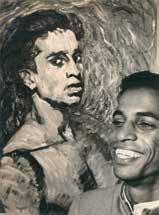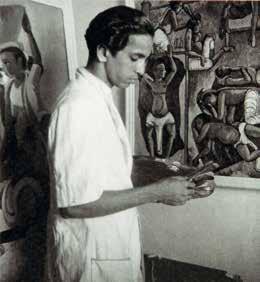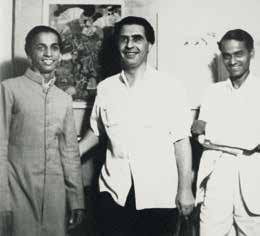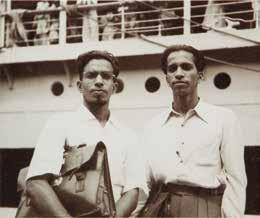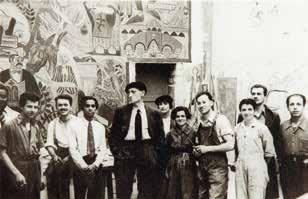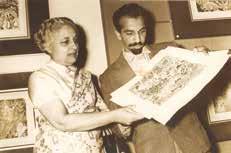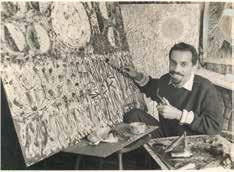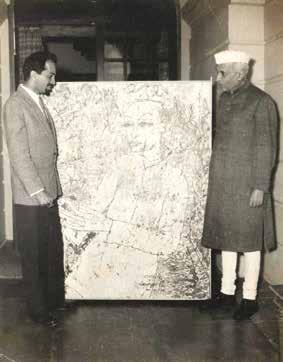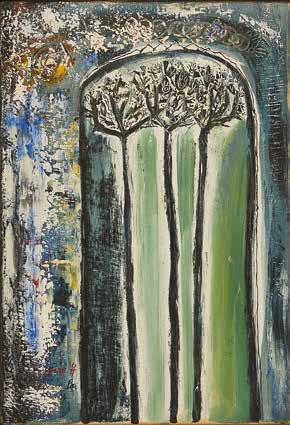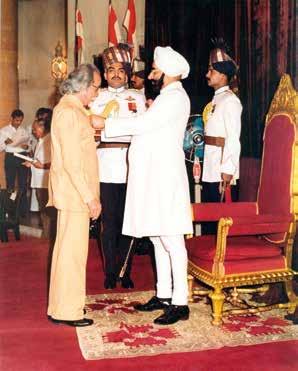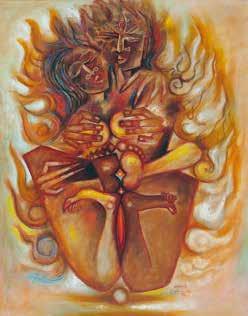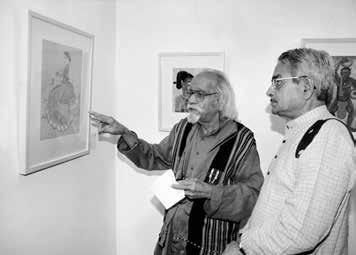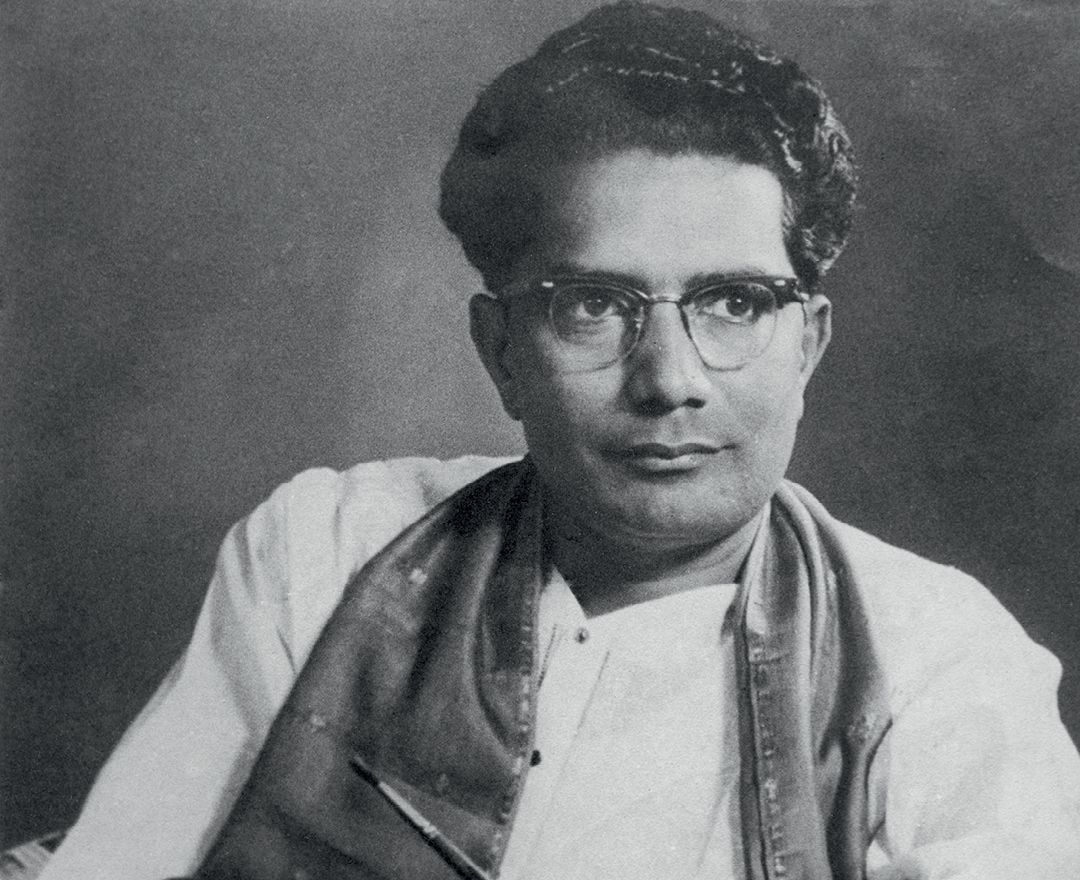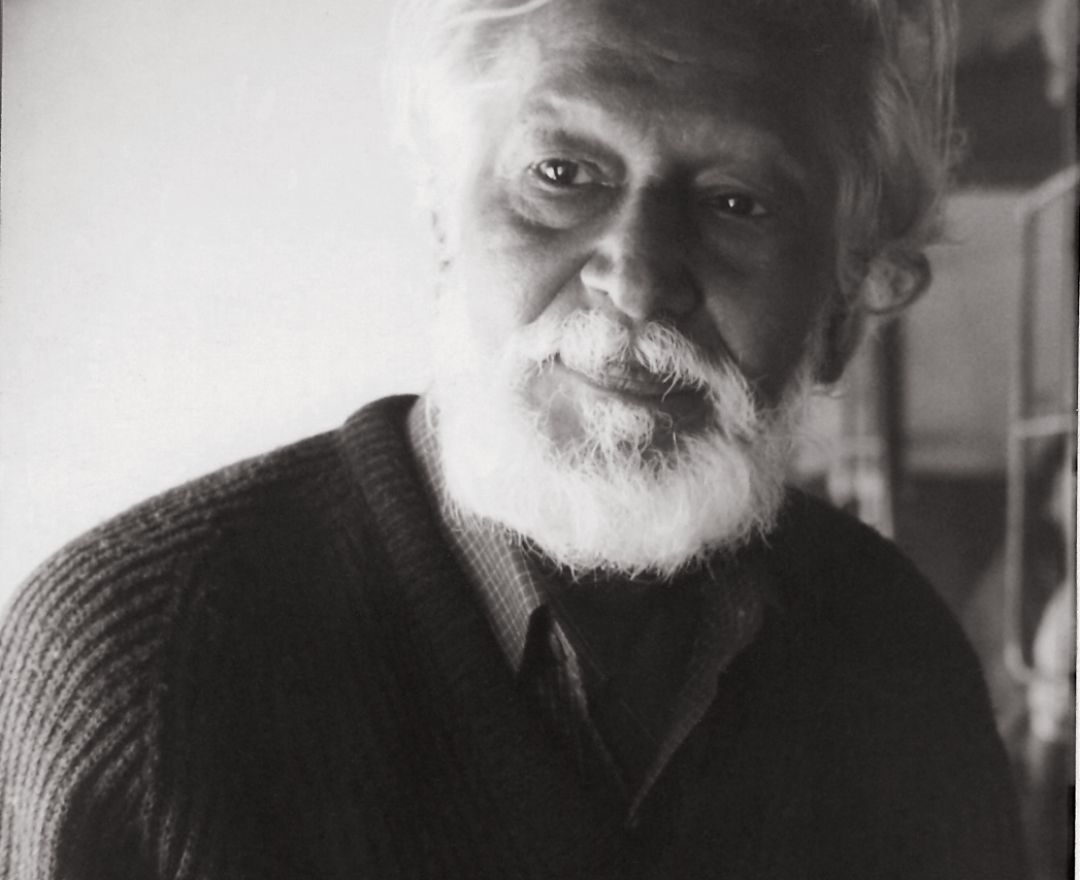Laxman Pai
Laxman Pai
Laxman Pai
|
1926 - 2021 Laxman Pai |
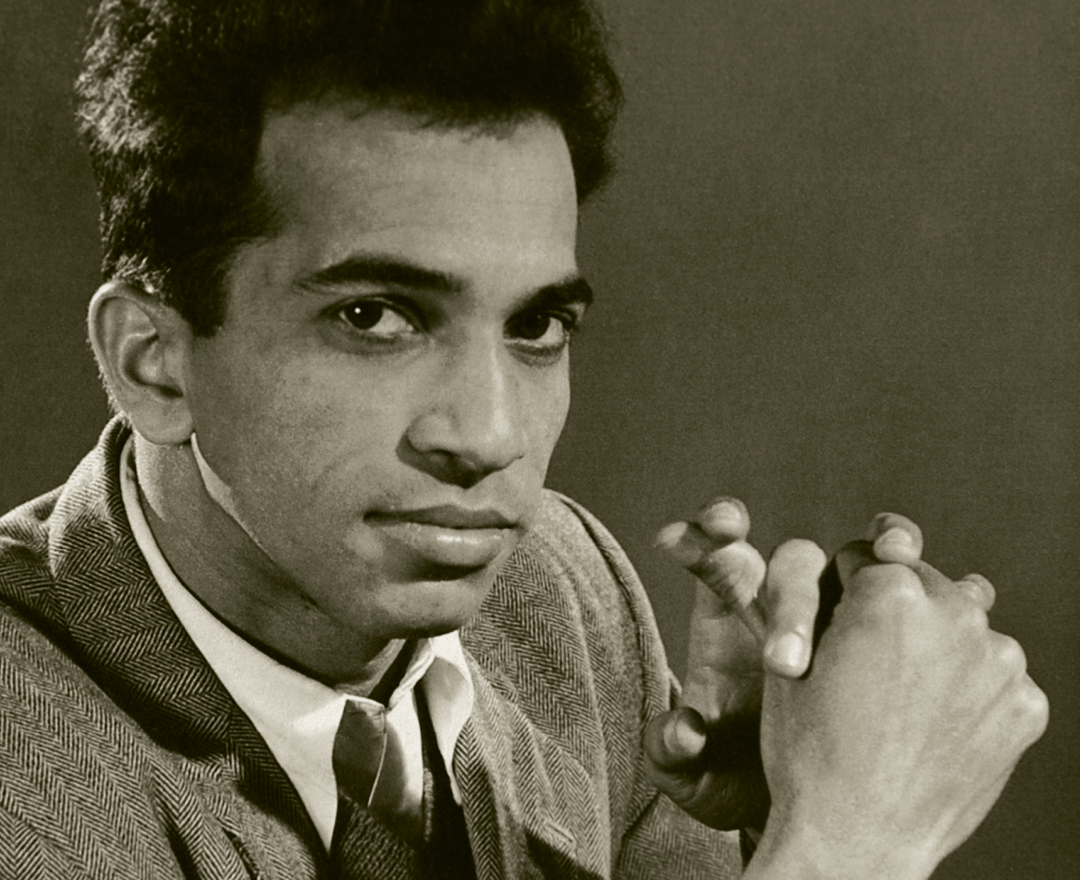
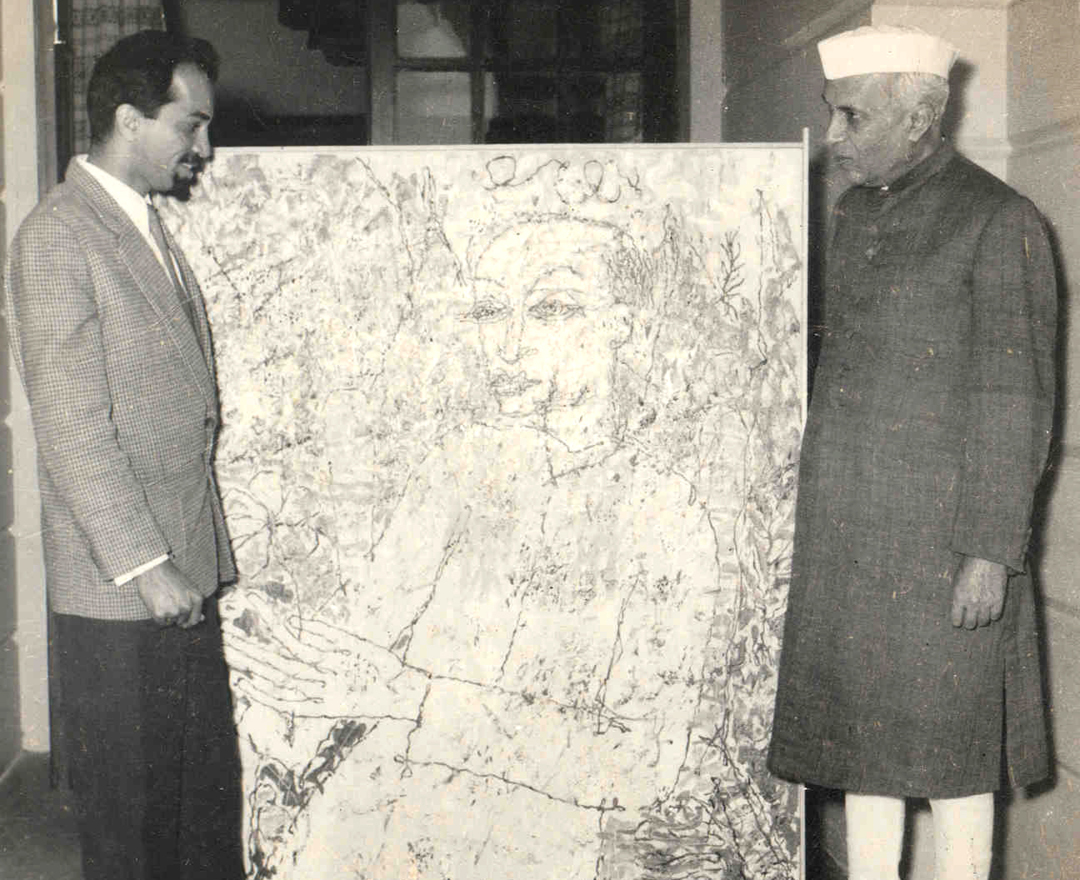

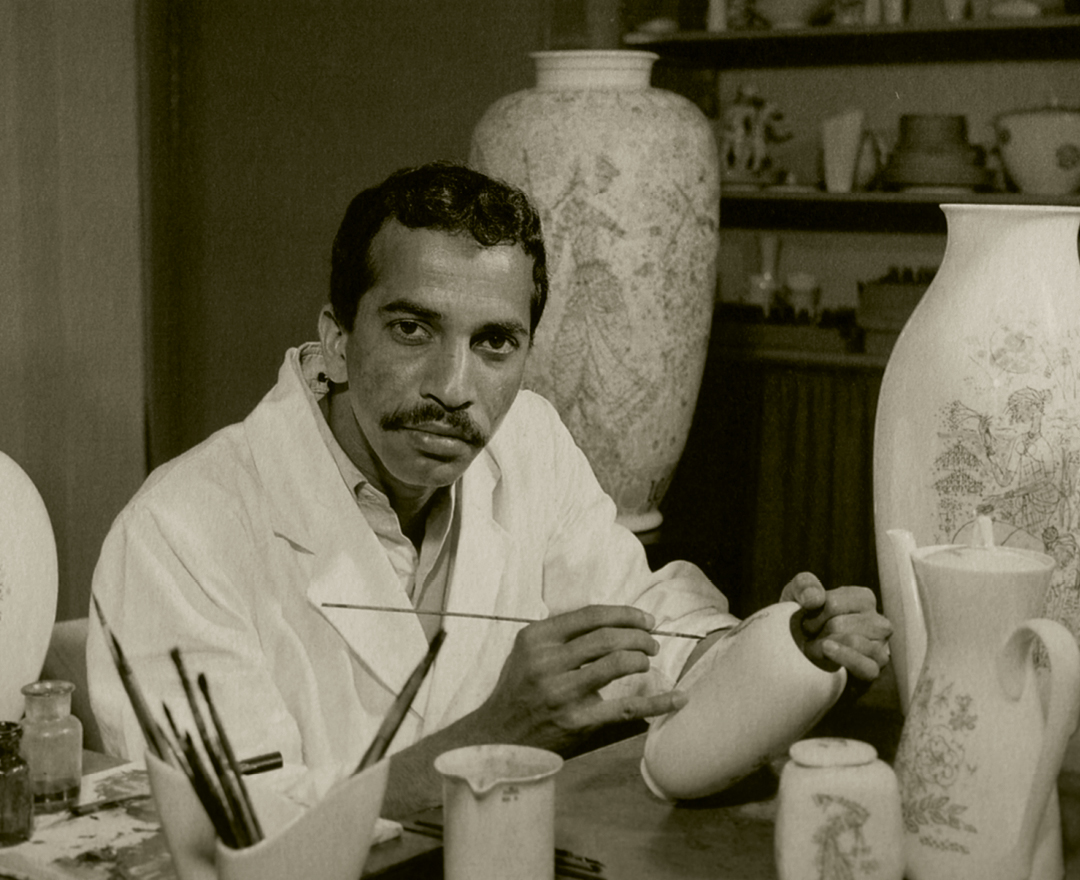
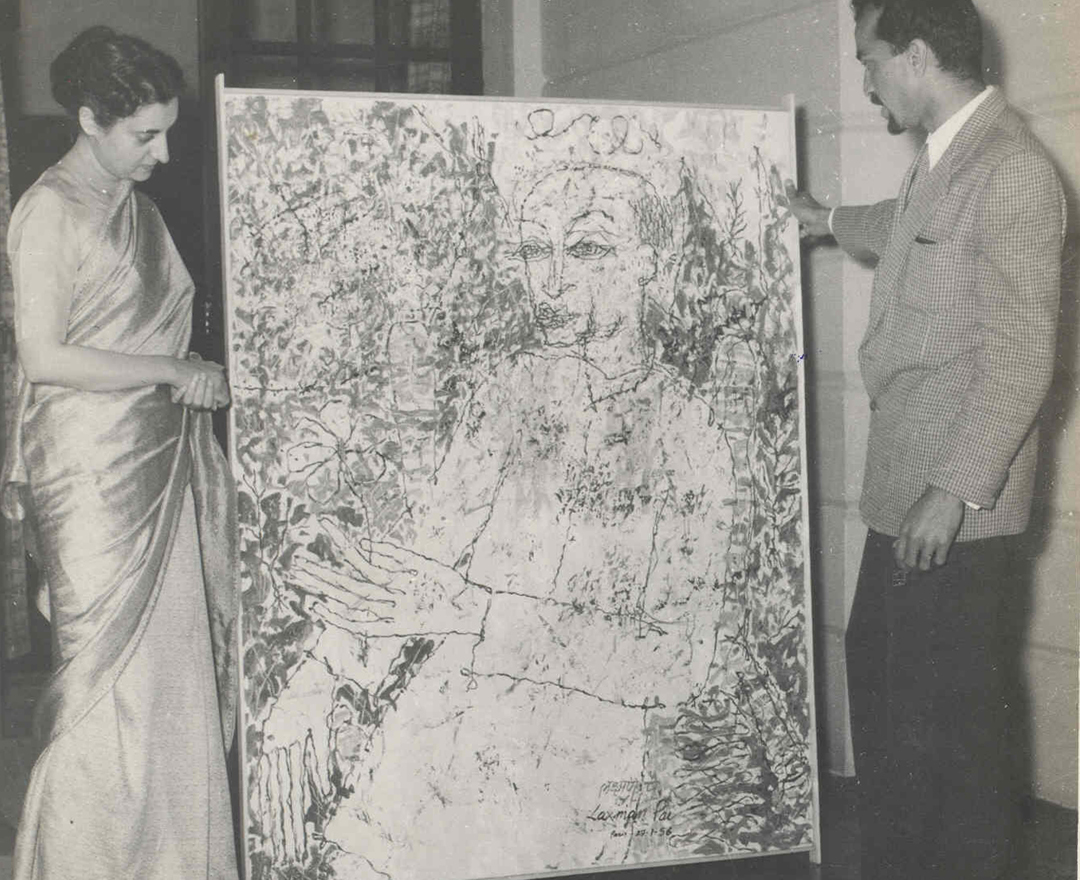
‘My personal observation is that art is mental nourishment and not physical food for survival’
LAXMAN PAI
artist timeline
artworks
dag exhibitions
|
The ‘Manifestations’ series of 20th Century Indian Art’, Editions V, VI, VII, VIII, IX, X, XI |
|
DAG, New Delhi, 2011-14 |
|
‘Indian Landscapes: The Changing Horizon’ |
|
DAG, New Delhi, 2012 |
|
‘Indian Divine: Gods & Goddesses in 19th and 20th Century Modern Art’ |
|
DAG, Delhi and Mumbai, 2014 |
|
‘Indian Abstracts: An Absence of Form’ |
|
DAG, New Delhi, 2014; Mumbai and New York, 2015 |
|
‘Indian Portraits: The Face of a People’ |
|
DAG, New Delhi, 2013; Mumbai, 2014 |
|
‘The Naked and The Nude: The Body in Indian Modern Art’ |
|
DAG, New Delhi, 2013; Mumbai, 2015 |
|
‘India Modern: Narratives from 20th Century Indian Art’ |
|
DAG, New York, New Delhi, Mumbai, 2015; Chandigarh, 2017 |
|
‘India’s French Connection: Indian Artists in France’ |
|
DAG, New Delhi, 2018; New York, 2018-19 |
|
‘Navrasa: The Nine Emotions of Art’ |
|
DAG, Mumbai and New Delhi, 2020 |
|
‘The Fifties Show’ |
|
DAG, New Delhi, 2020 |
|
‘The Sixties Show’ |
|
DAG, Mumbai, 2020 |
|
‘New Found Lands: The Indian Landscape from Empire to Freedom’ |
|
DAG, New York, 2021; Mumbai, 2021-22 |
|
‘Indian Blue: From Realism to Abstraction' |
|
DAG, New Delhi, 2021 |
|
‘Iconic Masterpieces of Indian Modern Art’ |
|
DAG, Mumbai, 2021 |
notable collections
|
National Gallery of Modern Art, New Delhi |
|
Kiran Nadar Museum of Art, New Delhi |
|
Jehangir Nicholson Art Foundation, Mumbai |
|
Government Museum and Art Gallery, Chandigarh |
|
CITI India Corporate Collection |
|
Musée d'Art Moderne, Paris |
|
State Museums, Berlin |
|
New York Public Library, New York |
|
Ben and Abby Grey Foundation, Los Angeles |










